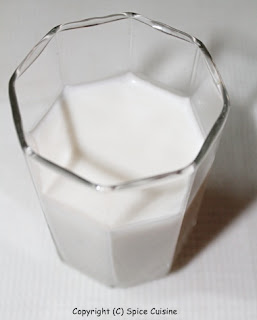Ingredients:
20-25 slices of bread (I used a mix of whole wheat & white bread), cut into small cubes (approx. 4-5 cups)
2 tomatoes, finely chopped
2 onions, finely chopped
2 tbsp urad dhal
2 tbsp channa dhal (optional)
2 tbsp mustard seeds
2-3 tsp chilli powder (adjust to taste)
1/2 tsp turmeric powder
1 tsp tamarind paste (adjust to taste)
Salt, to taste
6-7 tbsp oil
1/4 cup fresh cilantro, finely chopped
Method:
Cut the bread slice into small cubes and set aside.
In a pan, heat oil, add mustard seeds, urad dhal, channa dhal and curry leaves.
Once the mustard seeds splutter, add onions and little salt (to cook the onions faster). Sauté the onions until they turn slightly soft.
Add tomatoes and fry well till it gets pulpy. Add turmeric powder, chilli powder and salt. Stir well.
Add tamarind paste (or lemon juice before adding cilantro) and 1/4-1/2 cup water and cook until the raw smell fades away.
Add bread cubes and toss well.
Add chopped cilantro and mix well.
Serve hot.
For a variation, you can add some mixed veggies or boiled potato and make it more wholesome.
Makes 4-5 servings.



























